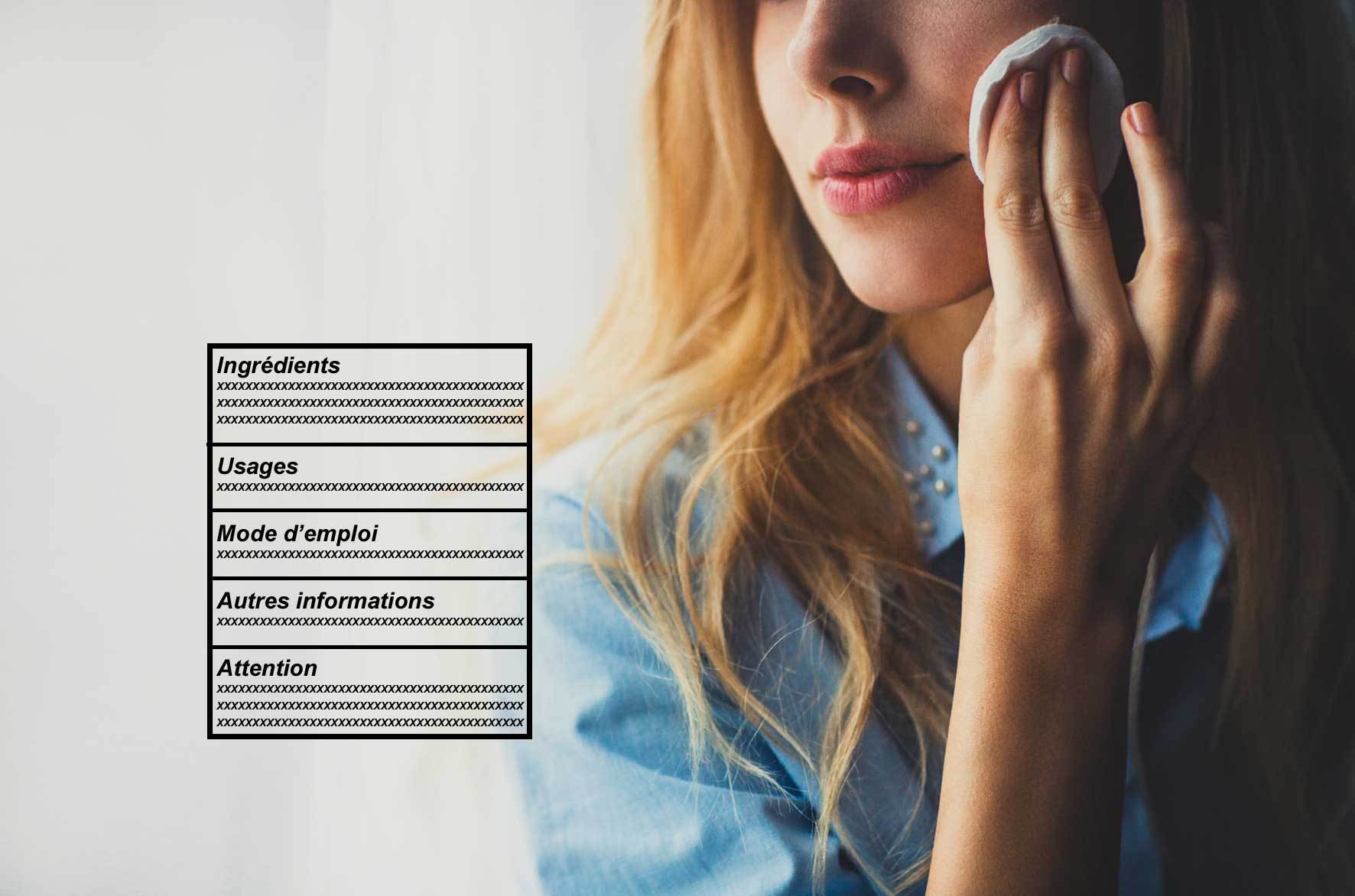
April 1, 2019Are product labels misleading?
2 “Natural Consumer Products Found Contaminated with Cancer-Causing 1,4 Dioxane in Groundbreaking Analysis Realeased by OCA”. Organic Consumers Association. March 15, 2008. https://www.organicconsumers.org/old_articles/bodycare/DioxaneRelease08.php
3“The Proposition 65 List”. OEHHA. May 9, 2017. https://oehha.ca.gov/proposition-65/proposition-65-list
4 “IARC Monographs on the Evaluation of Carcinogenic Risks to Humans”. International Agency for Research on Cancer. May 9, 2017. http://monographs.iarc.fr/ENG/Classification/
What’s in a label?
The ingredients that hide in everyday products
We’ve all heard about the presence of cancer-causing chemicals, called carcinogens, in our household and personal care products. Given that there are national organizations and legislative frameworks to protect consumers from harmful substances, is this true? And if it is true, how can it be legal to sell consumers products that contain carcinogenic chemicals? It comes down to definitions: authorities such as the U.S. Food and Drug Administration (FDA) have different legal criteria1 for listing ingredients that are intentionally added to products, versus components that are unintentionally present. The result: even products labeled organic or ecological may contain carcinogens that are not listed on the label.Are labels misleading?
The Organic Consumers Association analyzed household and personal care products2 commonly found on the market. What they found was troubling: the majority of these products contain contaminants such as the carcinogen 1,4-Dioxane. Even worse, their study showed that several popular products declared ‘ecological’ or ‘organic’ were also contaminated with 1,4-Dioxane &mdash despite the fact that this contaminant was never mentioned on the list of ingredients on their labels.Is it legal to add carcinogens to commonly-used products?
How can this be possible? According to many U.S. and international regulatory agencies, it is illegal to intentionally include carcinogenic ingredients in manufactured products that will be consumed. To better understand how carcinogenic chemicals get into our household and personal care products, we need to explore some definitions. An ‘ingredient’ is defined as a component that is intentionally added to a product. By comparison, a ‘contaminant’ is a component that is indirectly added to a product. This contaminant may be an impurity, residue from raw materials, or it may have been generated during the manufacturing process. Take note that contaminants are often not a surprise &mdash chemists and manufacturers often know that a specific contaminant can arise during their processes. But since these components are not intentionally added, they are permitted. According to these definitions, contaminants are legally tolerated if they are indirect ingredients in a household or personal care product. This makes it almost impossible to warn consumers about the presence of carcinogenic contaminants in everyday products. The average consumer uses nine body care products and four housekeeping products every day, exposing his or her skin to approximately 168 different ingredients that may contain harmful contaminants. Because these chemicals are contaminants, not ingredients, their presence in everyday products is legal.At ATTITUDE we take contaminants very seriously
The following scientific databases have mapped all the known substances identified as harmful to humans:- California Proposition 65 List3: 963 natural or synthetic chemicals that are known to cause cancers, birth defects or other reproductive harm
- IARC (group 1, 2A and 2B)4: 495 natural or synthetic chemicals known to be carcinogenic to humans, or possibly carcinogenic to humans
It’s why we do what we do
ATTITUDEbody care andhousehold productsare good for you, your family and the planet. We’ve done the research, so you don’t have to. Not only all of our products are certified &mdash they smell great, feel amazing and leave your home sparkling clean.Ready to learn more? Read the other posts in this series:
- Part Two: What's in your cleaning and beauty products?
- Part Three: What are the health impacts of contaminants in our products?
References:
1“Cosmetic Ingredient Names”. U.S. Food and Drug Administration. August 24, 2020. https://www.fda.gov/cosmetics/cosmetics-labeling/cosmetic-ingredient-names2 “Natural Consumer Products Found Contaminated with Cancer-Causing 1,4 Dioxane in Groundbreaking Analysis Realeased by OCA”. Organic Consumers Association. March 15, 2008. https://www.organicconsumers.org/old_articles/bodycare/DioxaneRelease08.php
3“The Proposition 65 List”. OEHHA. May 9, 2017. https://oehha.ca.gov/proposition-65/proposition-65-list
4 “IARC Monographs on the Evaluation of Carcinogenic Risks to Humans”. International Agency for Research on Cancer. May 9, 2017. http://monographs.iarc.fr/ENG/Classification/